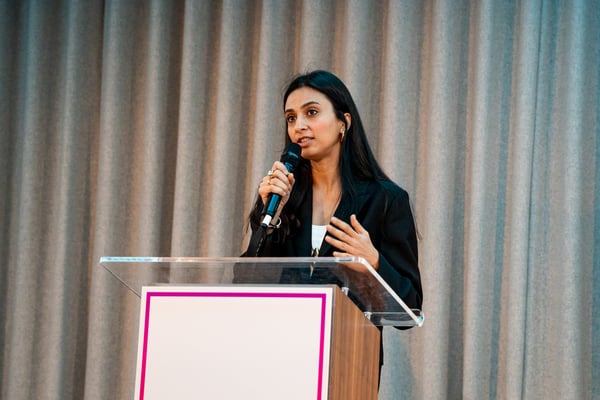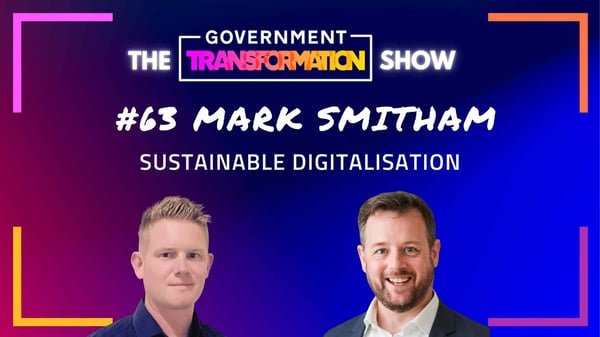‘Generation Smartphone’ is restless for multi-channel public services
It’s no secret that for younger generations, technology is part and parcel of their daily lives. The use of smartphones, apps, and social media is second nature when it comes to how they work, communicate, and organise their lives.
Their lifestyle - everything from relationships and dating to travel and digital payments - appears to revolve around their smartphone. It’s as if they were born with one permanently attached.
But there’s a more serious side to this digital accessory. What happens when they get older? What happens when this digital native generation starts to settle down, pay taxes, and use public services?
For today’s older generation, the digital transformation of some government services has been incremental and evolutionary, a seemingly natural progression of traditional services from the offline to the online world, sometimes straddling both.
This, however, is unlikely to impress today’s digital natives. They will expect - even demand - to be able to do everything via an app with a tap or a swipe.
The clock is ticking on a generational shift to a truly digital world
In this regard, when it comes to the delivery of public sector services, we’re on the edge of a generational shift. And it’s incumbent on the public sector to put its digital house in order so it can cater to the next generation of digitally switched-on citizens.
This means digitising all services and resources so they can be accessed via mobile devices. It sounds simple enough. But there’s a problem.
What most people fail to recognise is when they access some government services online, they may be interacting with a 30 year-old supercomputer deployed in the 1990s. And for some, they may well be interacting with technology older than they are.
While many of these legacy systems are still doing the job, they tend to be expensive to run and can’t easily be replaced. Factor in the challenges of linking legacy systems and siloed data, and the sheer scale of the technological challenges facing public sector IT teams is immense.
Catering to the needs of ‘generation smartphone’ is no easy task
By any measure, it’s a huge investment in terms of effort and money at a time when government budgets are being squeezed like never before.
And if public sector IT teams are to learn anything from their private sector colleagues, any apps and services will need to be fully automated and available 24/7 to cater to the ‘always on’ lifestyle of the younger generation.
To what extent it means government apps and services will need to mimic the look, feel, and usability of popular mainstream apps remains to be seen. It’s clear though public IT sector teams will be tasked with meeting those expectations in a way the government has probably never attempted before.
Engaged citizens of tomorrow want multi-channel access to public services
Up until now, I’ve focused primarily on the next generation of citizens engaging with public services via mobile phones and apps. In truth, of course, this is merely shorthand for what people really want, which is to access services and resources via a range of online channels.
They may want to start a conversation via a messaging app before flicking between email, video chat, an app, or chatbot. They may want to toggle between devices depending on where they are.
Whatever the ways they interact with government, they would expect their enquiry or ‘transaction’ to carry on seamlessly. Why? Because this is how they interact with their world today. So, why shouldn’t they be able to do the same with public services?
Such demands don’t merely add another layer of complexity to the delivery of services. They add layer upon layer - upon layer - of complexity on a scale that can, at times, be difficult to comprehend. And yet, if government is to meet the aspirations of the smartphone generation, it needs to find a solution.
Such digital transformation isn’t without complexity
If you’re in any doubt about the challenges ahead, earlier this year, SolarWinds published a survey of public sector tech professionals, which found the accommodation of hybrid working brought about by the pandemic and lockdown put huge pressure on public sector systems.
On the evidence of this, the kind of digital transformation required to engage the next generation could lead to unimaginable levels of complexity unless properly considered.
And it goes without saying the creation of next-generation digital services will need unparalleled cybersecurity.
Despite the challenges, I maintain a youthful optimism that the sorts of changes demanded by ‘generation smartphone’ are achievable. It will, in my view, require sizeable input from private enterprises, not only in terms of technology but also a customer-centric mindset—in other words, placing citizens, not processes, at the centre of public sector digital service.
It’s a story I look forward to following—via my smartphone, of course.






